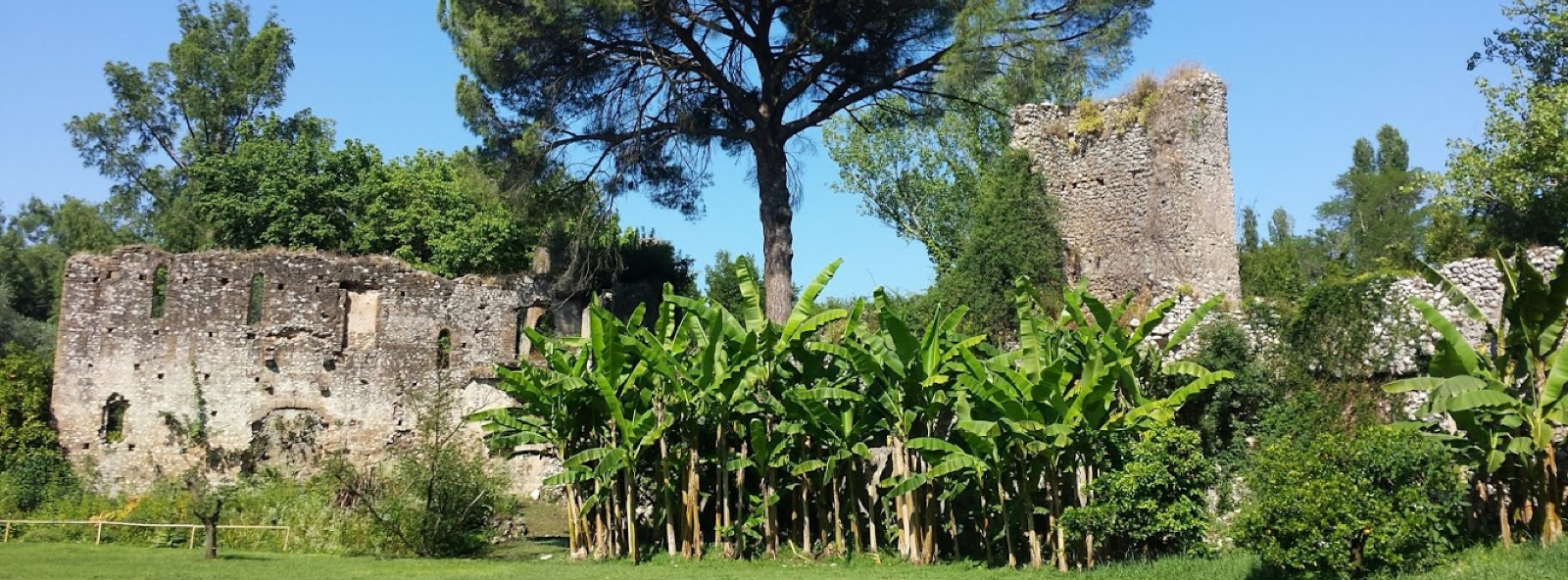ONE-MA3 2018: A Day in Priverno

By Sophie Cohen ’21
A metal triangle hangs on the side of the Caetani Castle’s kitchen exterior, and the chefs’ children hit it with a hammer to signal meal times. This is how our day began, when we all entered the medieval dining room for breakfast, and then headed by van to Priverno to spend the day touring museums.
First we visited the Abbazia di Fossanova. The sculpture inside of the abbey is typical of Cistercian art, with basic decoration and minimal use of symbols. The interior is lit only by the windows in the nave and apse and a few religious candles visitors can light. The abbey was built on top of the ruins of a Roman villa.
Next we visited the adjoining museum, which stores ceramics, frescoes, relics, and other artifacts spanning several centuries. Below is a fresco of the Madonna. The first layer of this fresco was made in the 6-7th century, and the second layer in the 9-10th century.

After winding our way up the miniature streets of Priverno, we entered our second museum of the day, the Museo Archelogico di Priverno. The artifacts within this museum date as far back as to pre Roman times. A few of these artifacts are pictured below.

Fragments of an ancient Roman calendar

The only known statue of the Emperor Claudio

An example of micro mosaics representing the Nile River
After a languid, multi course lunch in Priverno, we spent the rest of the afternoon at the seaside playing soccer, body surfing, and relaxing on the beach in Sabaudia.
This summer, Professor Admir Masic is leading a program on Materials in Art, Archaeology and Architecture (ONE-MA3), in which MIT undergraduates are conducting three weeks of fieldwork in Privernum, Pompeii and Turin as a prerequisite for the Fall 2018 MIT course, 1.057 Heritage Science and Technology. The program involves real-world analysis of ancient infrastructures and materials and focus on teaching ways to improve sustainability of the future through the study of ancient successes.



